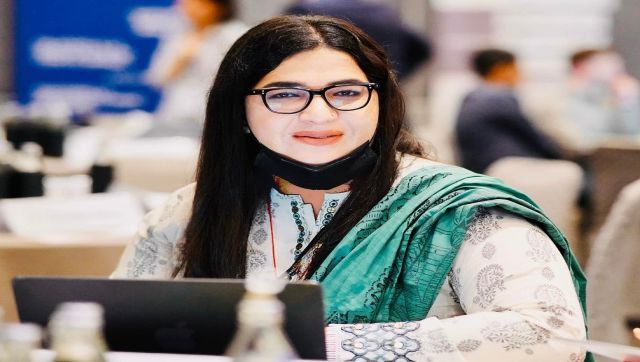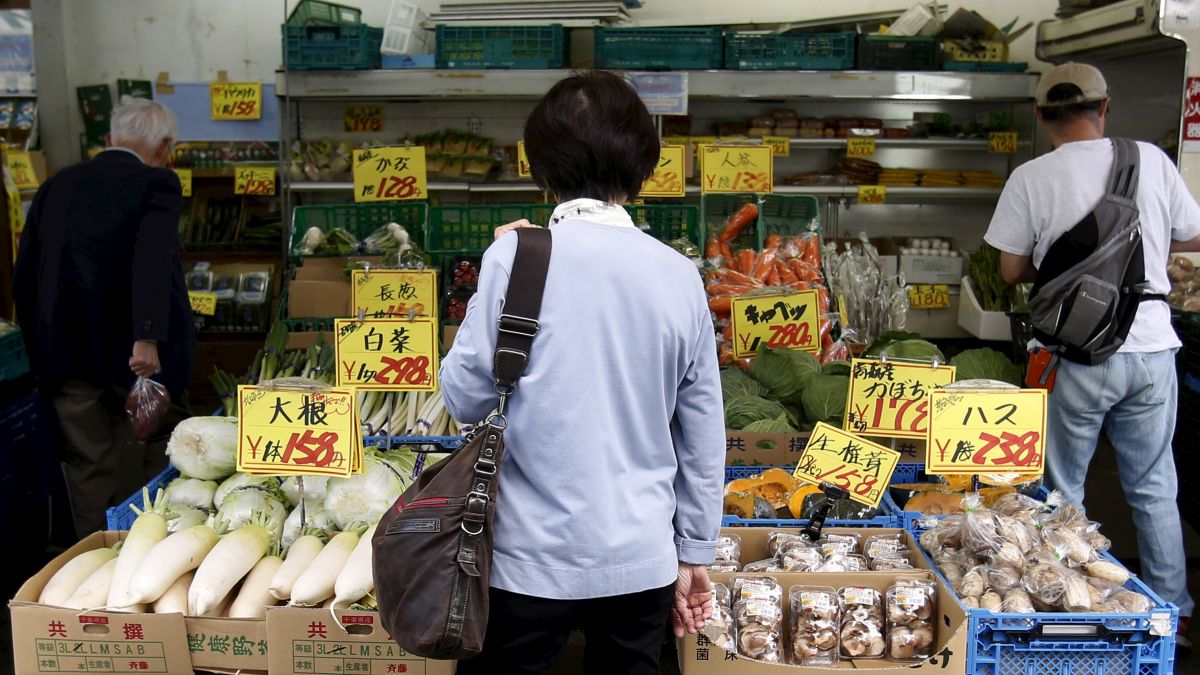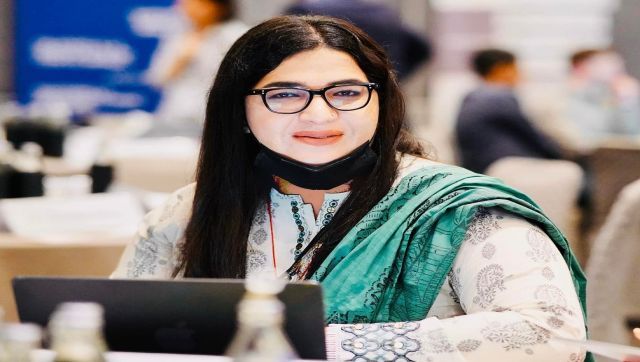The government today release socio-economic and caste census, 2011, for rural India. According to the government press release, the data will be of use in evidence-based planning for rural development and poverty eradication.
The survey done across 17.91 crore rural families has various data sets on households regarding various aspects of their socio-economic status – housing, land-holding/landlessness, educational status, status of women, SC/ST households, incomes, etc.
Here are 10 highlights from the data:
1. Land is key: Of the 17.91 crore rural households surveyed, 51.14 percent of families have manual casual labour as main source of income. Agriculture is main source of income for 30.10 percent. As much as 2.5 percent of families have part-time or full-time domestic service, 0.23 percent have rag picking, 1.61 percent non-agricultural own enterprise and 0.37 percent beg.
2. Too few salaried job: Only 9.68 percent have salaried job. As many as 5.02 percent work in government sector, 1.12 in public sector and 3.58 percent in private sector. Only 4.6 percent of the households surveyed paid income tax or professional tax.
3. Low income: A high 74.5 percent of the households said the monthly income of their highest earning member is less than Rs 5,000. A total of 17.18 percent said their highest earning member gets between Rs 5,000 and Rs 10,000. those earning more than Rs 10,000 is 8.29 percent.
4. SCs worse off: Of the 3.31 crore SC households surveyed, about 83 percent said their highest earning member’s income was less than Rs 5,000. The percentage of SC families with the highest earning member getting an income above Rs 10,000 stood at just 4.6 percent.
5. STs too: Of the 1.96 crore ST households surveyed, 87 percent said their highest earning member’s income was less than Rs 5,000 and only 4.48 percent have a member earning more than Rs 10,000.
6. Manual scavenging continues: Overall 0.1 percent of rural households surveyed were engaged in manual scavenging. Of all the states and Union Territories, seven - namely Tamil Nadu, Kerala, Goa, Andhra Pradesh, Telengana, Gujarat, Assam and Manipur - had 0 percent, while Tripura had the maximum - 17,332 or 2.5 percent of the total households surveyed in the state.
7. Illiteracy rules: Of the total population of 88.38 crore surveyed, 35.73 percent were illiterates. Percentage of people who had done graduation or higher studies stood at lowly 3.45 percent.
8. Land ownership not bad: As many as 44 percent families own land and 56 percent have no land. The survey found that 40 percent of the total rural land is unirrigated.
9. Female-headed households too few: On an average, the size of a rural household is 4.93. A whopping 87.15 percent of the families surveyed were headed by males and just 12.83 percent were headed by a female.
10. Transgenders become visible: The survey also has done a gender-wise analysis of households and transgenders have become visible. Of the total 88.38 crore population surveyed, as many as 74,286 have identified themselves as transgenders - that is a minuscule 0.0084 percent. More interestingly, three Union Territories, namely Chandigarh, Daman & Diu and Dadra & Nagar Haveli, have no transgenders at all. Uttar Pradesh has the maximum - 12,916. This could be because of the size of the state/Union Territories and sample size.
Data support by Kishor Kadam


)




)
)
)
)
)
)
)
)